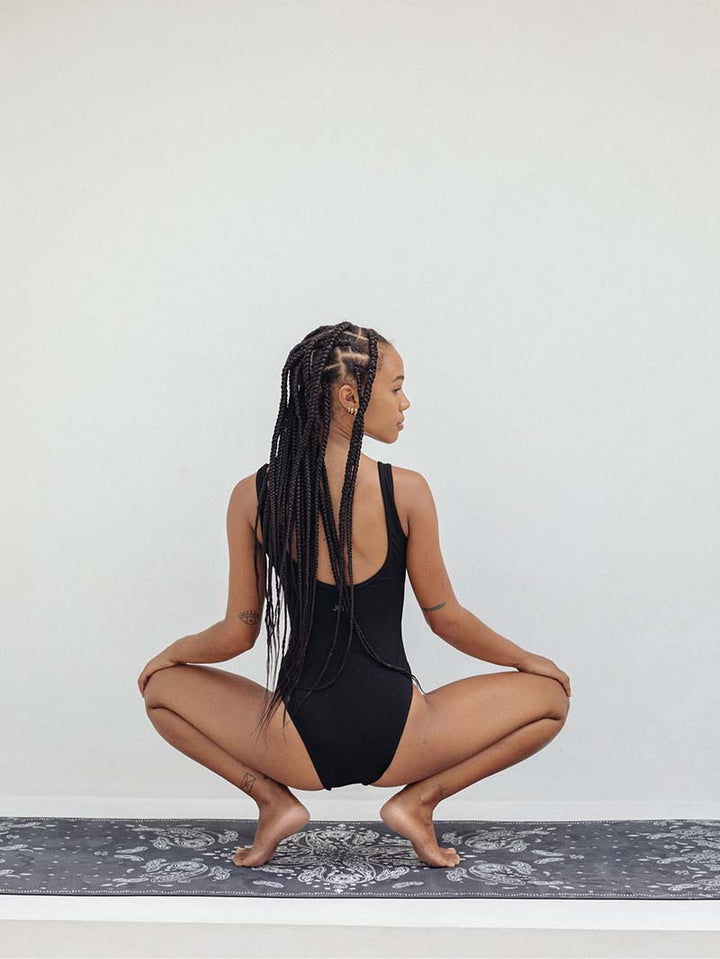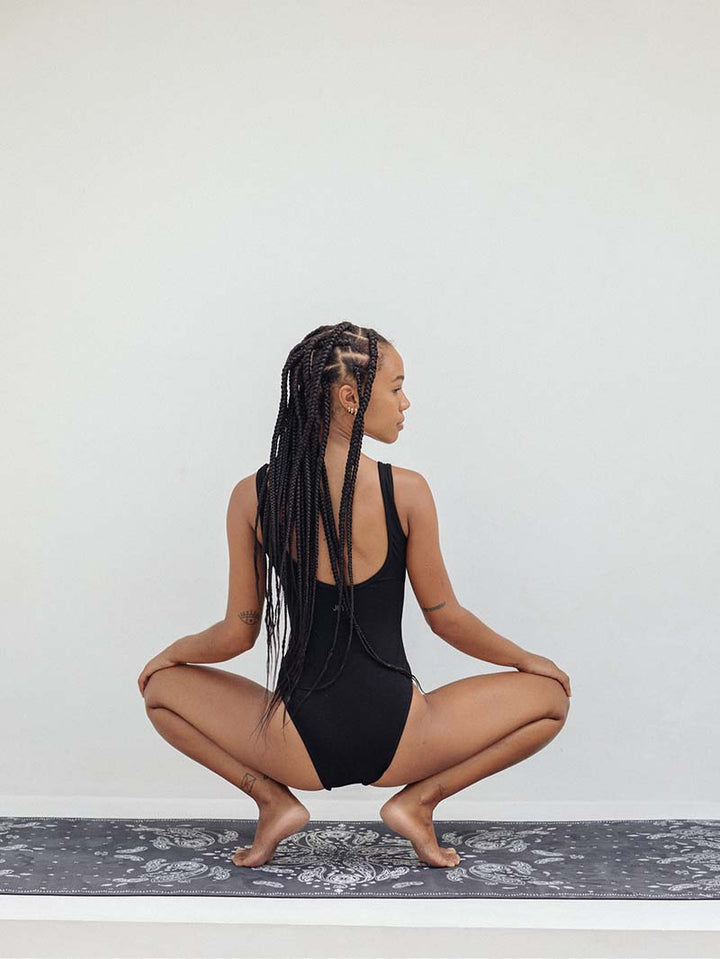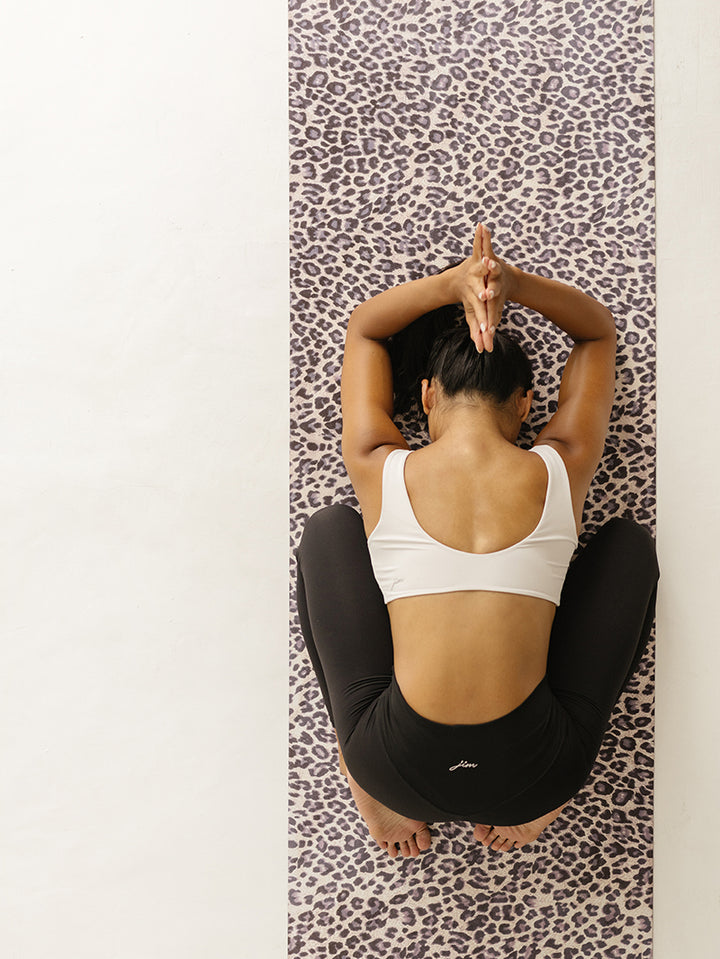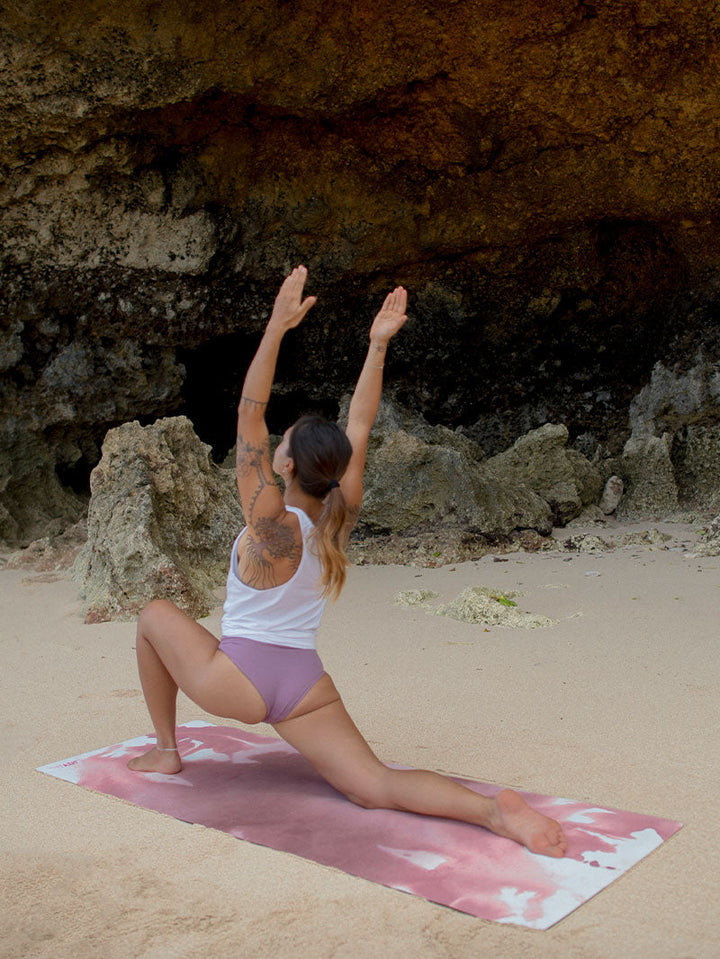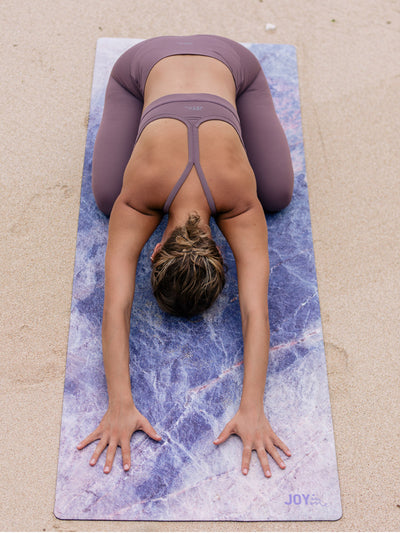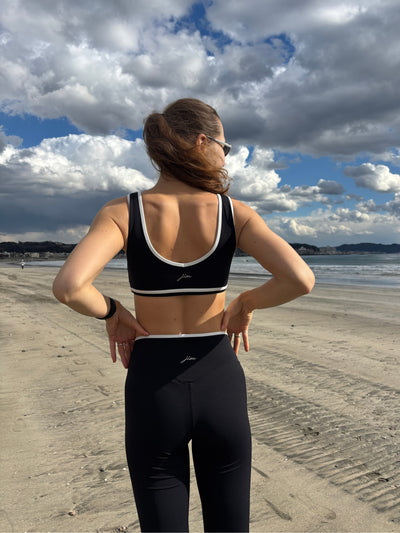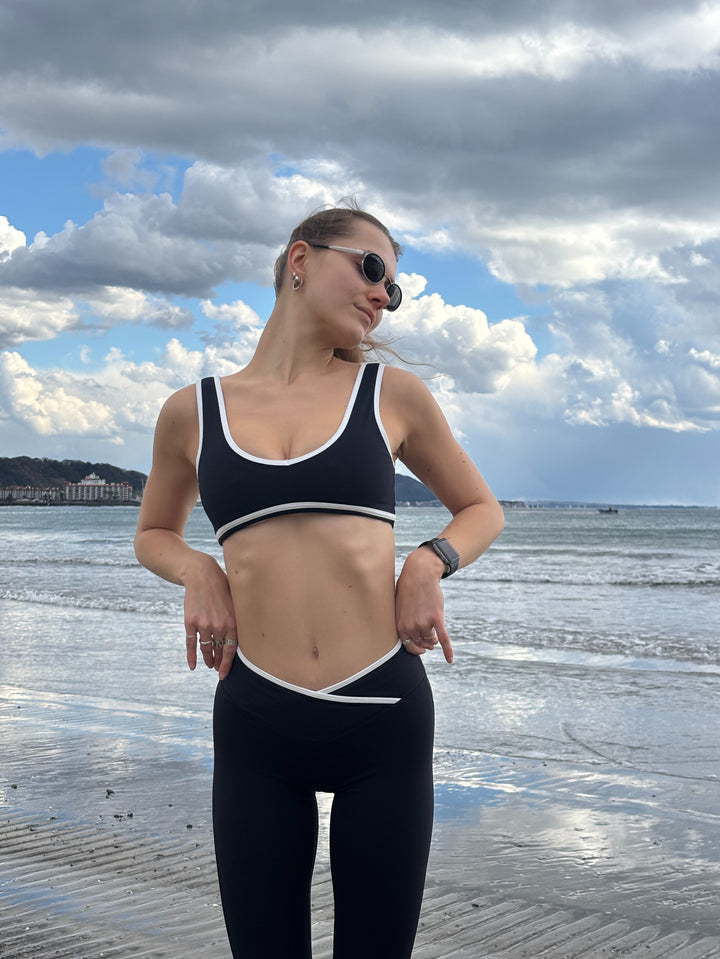How to become a yoga instructor?
Many years of asana practice encourage many people to turn their passion into a source of income. Becoming a yoga instructor doesn't require a degree. All you need is a suitable course that will teach you how to lead classes, demonstrate proper asana technique, and help participants achieve mind-body balance. Find out what skills are essential and what's required to become a yoga instructor.

Who is a yoga instructor?
Many people think that a yoga instructor only demonstrates the exercises, so what's so difficult about it? However, the teacher's role is much broader. They are responsible for ensuring that participants perform the asanas correctly, ensuring they don't suffer any injuries. This requires knowledge of anatomy and physiology, as classes are also attended by people suffering from ailments resulting from physical or sedentary work, musculoskeletal dysfunctions, or those struggling with obesity or being overweight. For many participants, yoga is also a form of therapy, aimed at releasing stress from the day, clearing the mind of nagging problems, and gaining self-confidence.
An instructor must, therefore, lead classes in a way that ensures everyone feels comfortable and achieves their goals. They should be able to adapt the difficulty level of the asanas to the abilities of all participants. The ability to work with people is also essential, meaning openness, communication skills, and a positive approach. A yoga instructor is also someone focused on continuous development, striving to learn various forms of training (after all, there are many types of yoga), perfect their practice, and achieve complete harmony. A teacher prepared in this way will be able to pass on their skills. Learn how to become a yoga instructor !

How to become a yoga instructor – necessary qualifications
Becoming a yoga instructor doesn't require state certification. This means there's no need to complete a specific degree program to teach classes. Students of physical education or physiotherapy who enroll in postgraduate programs can obtain the appropriate qualifications and documentation. Certification can also be earned by completing a certified yoga course. The instructor may require participants to demonstrate proven experience practicing yoga, read specific literature, or attend several classes as a participant and take notes. When choosing a yoga school, make sure it is designated as an RYS (Register Yoga School) accredited by the Yoga Alliance (a professional organization of yoga teachers), and offers the opportunity to register with the YA as an RYT (Register Yoga Teacher).
Is a yoga course enough to teach classes?
After completing the course, you have a chance of being employed at a yoga school or fitness club. Many employers look at the standing of the institution that issued your diploma and will sometimes verify your knowledge and skills. Beyond basic training, it's also worth expanding your knowledge with additional courses. Additional certifications will make you more desirable as a yoga teacher to potential employers. It's also worth maintaining a professional appearance. First and foremost, equip yourself with a suitable yoga mat. Our models provide cushioning and stability, while FLOW mats also absorb moisture, preventing slipping (so no worries, even if your palms start sweating more than usual while your future employer is assessing your skills!).
When conducting classes, it's also worth choosing appropriate attire – one that's as comfortable as possible, yet also quite fitted, so those watching you can clearly see how your body works and moves. A fitted top, T-shirt, or bodysuit won't slip off at the most unexpected moment, and leggings with maximum coverage will ensure comfort while demonstrating all the asanas. You now know how to become a yoga instructor. Our final piece of advice? Remember that a good teacher is constantly learning and is humble about their own shortcomings.




